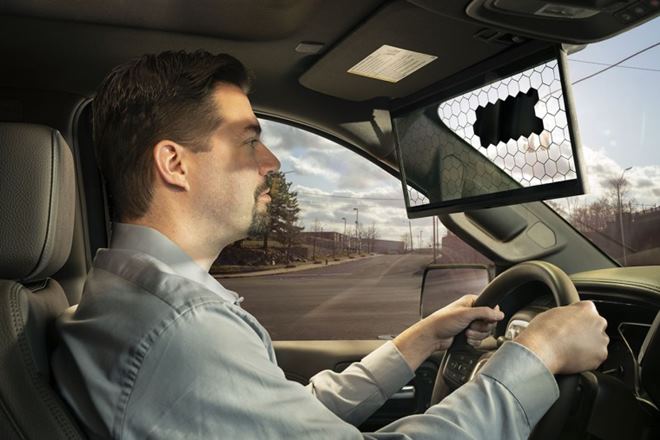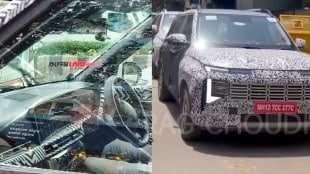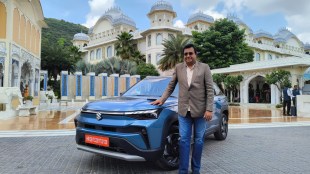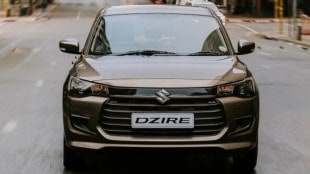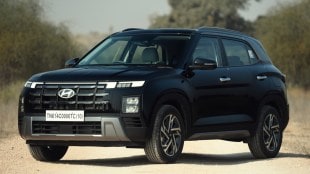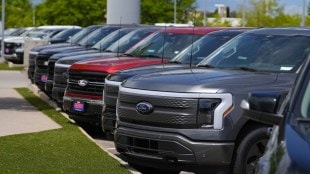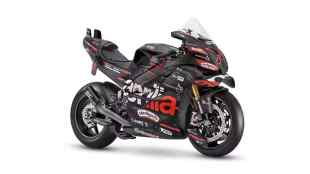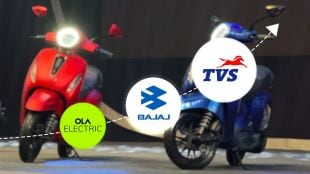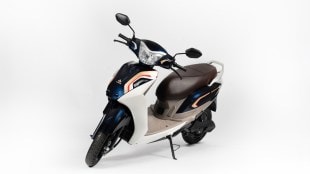
Bosch has unveiled a new smart visor for a safer driving experience by blocking out the glare from the sun. The sun’s glare causes twice as many car accidents as any other weather-related condition due to temporary blindness. Authorities internationally have reported thousands of sun glare-related car accidents each year, and another study indicates the risk of a car crash is 16 percent higher during bright sunlight than normal weather. The traditional sun visor is not equipped to adequately address this safety concern. At best, it blocks some of the sun but along with it, some of the view is blocked as well.
Bosch is offering a solution with its Virtual Visor, a transparent LCD and an intuitive camera, which replaces the traditional vehicle sun visor completely. As the first reimagined visor in nearly a century, Bosch’s technology utilises intelligent algorithms to intuitively block the sun’s glare and not the view of the road ahead.
“For most drivers around the world, the visor component as we know it is not enough to avoid hazardous sun glare – especially at dawn and dusk when the sun can greatly decrease drivers’ vision,” said Dr. Steffen Berns, president of Bosch Car Multimedia. “Some of the simplest innovations make the greatest impact, and Virtual Visor changes the way drivers see the road.”
Virtual Visor links an LCD panel with a driver or occupant-monitoring camera to track the sun’s casted shadow on the driver’s face. The system uses artificial intelligence to locate the driver within the image from the driver-facing camera. It also utilizes AI to determine the landmarks on the face ‒ including where the eyes, nose and mouth are located ‒ so that it can identify shadows on the face. The algorithm analyses the driver’s view, darkening only the section of the display through which light hits the driver’s eyes. The rest of the display remains transparent, no longer obscuring a large section of the driver’s field of vision.
1000 km range with this electric car battery! Log9 Materials bets on aluminium fuel cells
“We discovered early in the development that users adjust their traditional sun visors to always cast a shadow on their own eyes,” said Jason Zink, technical expert for Bosch in North America and one of the co-creators of the Virtual Visor. “This realization was profound in helping simplify the product concept and fuel the design of the technology.”
The use of liquid crystal technology to block a specific light source decreases dangerous sun glare, driver discomfort and accident risk; it also increases driver visibility, comfort and safety.
